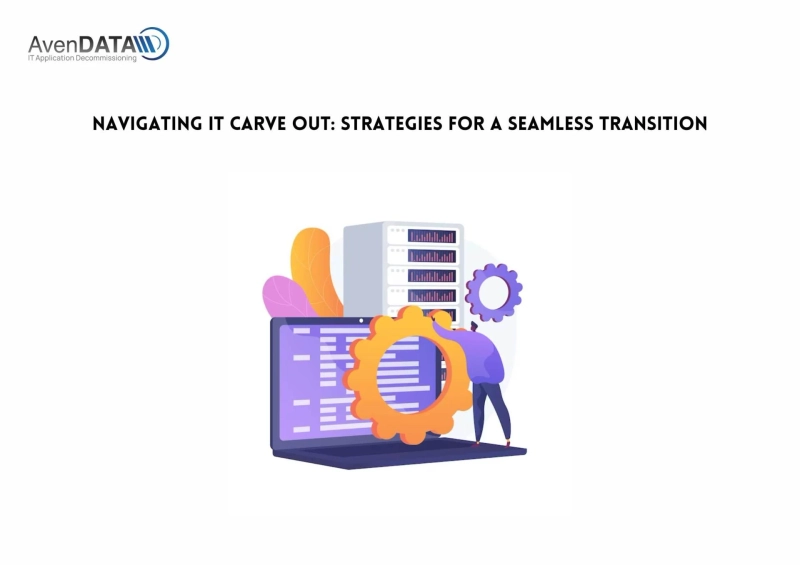In the dynamic landscape of business evolution, IT carve-outs have emerged as strategic initiatives to enhance efficiency, focus, and competitiveness. However, the journey towards a successful IT carve-out is laden with complexities that demand careful planning, meticulous execution, and a keen understanding of technology landscapes. This blog delves into essential strategies that pave the way for a seamless transition during an IT carve-out, ensuring operational continuity and maximizing the benefits of the endeavor.
1. Comprehensive Pre-Carve-Out Assessment:
Conduct a comprehensive analysis of the IT environment, identifying systems, applications, data, and dependencies. This assessment lays the foundation for informed decision-making and risk mitigation.
2. Establish a Dedicated Transition Team:
Form a dedicated team comprising IT experts, project managers, legal advisors, and stakeholders to oversee and manage the carve-out process. Their collaboration ensures a holistic approach to addressing challenges.
3. Define Clear Objectives and Scope:
Set clear objectives for the carve-out, including target timelines, goals, and milestones. Establish a well-defined scope that encompasses IT systems, data, processes, and personnel.
4. Data Mapping and Migration Strategy:
Create a robust data mapping strategy to identify critical data and its movement across systems. Develop a secure migration plan that ensures data integrity, accuracy, and minimal disruption.
5. Consider Interim Solutions:
If complete separation is not immediately feasible, consider implementing interim solutions to maintain operations during the transition phase. This prevents service disruptions and allows for a gradual shift.
6. Prioritize Change Management:
Prepare employees for the transition by facilitating change management programs. Training sessions and clear communication about new systems and processes foster a smoother adaptation.
7. Address Regulatory and Compliance Aspects:
Identify regulatory requirements that pertain to data protection, privacy, and industry-specific compliance. Ensure that data handling adheres to these regulations.
8. Test and Validate Systems:
Thoroughly test new systems and applications to ensure functionality, compatibility, and data accuracy. Validation minimizes post-carve-out disruptions and enhances user experience.
9. Monitor and Optimize Performance:
Post-carve-out, continuously monitor system performance, data integrity, and user satisfaction. Address any emerging issues promptly and optimize systems as needed.
10. Learn and Iterate:
After completing the IT carve-out, conduct a comprehensive review of the process. Identify successes, challenges, and areas for improvement to refine strategies for future endeavors.
In conclusion, navigating an IT carve-out demands a holistic approach that integrates technology, human resources, and strategic planning. By implementing these strategies, organizations can successfully transition to a new IT landscape while minimizing risks, maintaining operational efficiency, and maximizing the benefits of the carve-out. With diligent execution and a commitment to collaboration, a seamless IT carve-out is within reach.
#AvenDATA #legacysystems #ITlegacysystem #carveout #sapcarveout #itcarveout #decommissioning #ITdecommissioning


